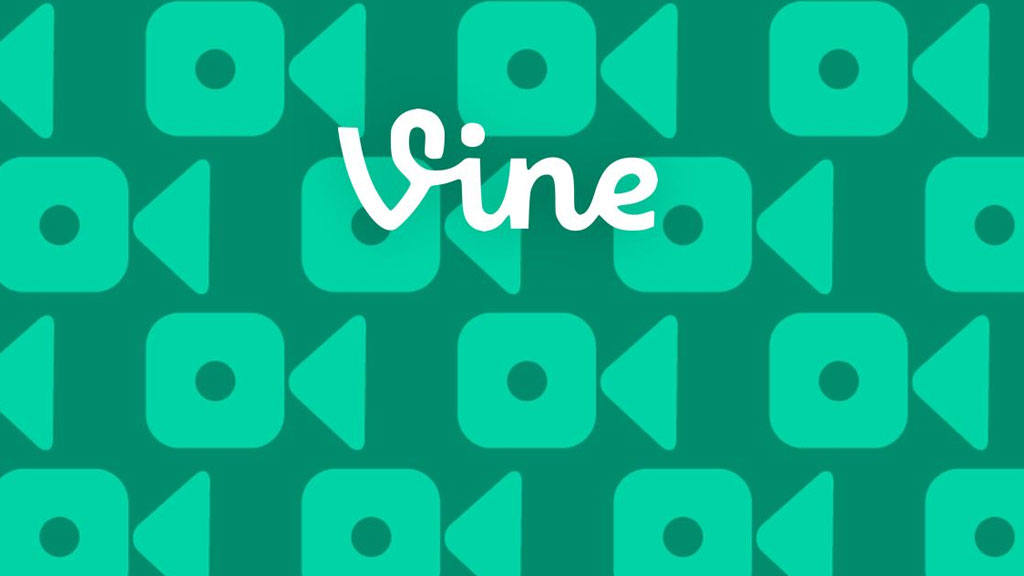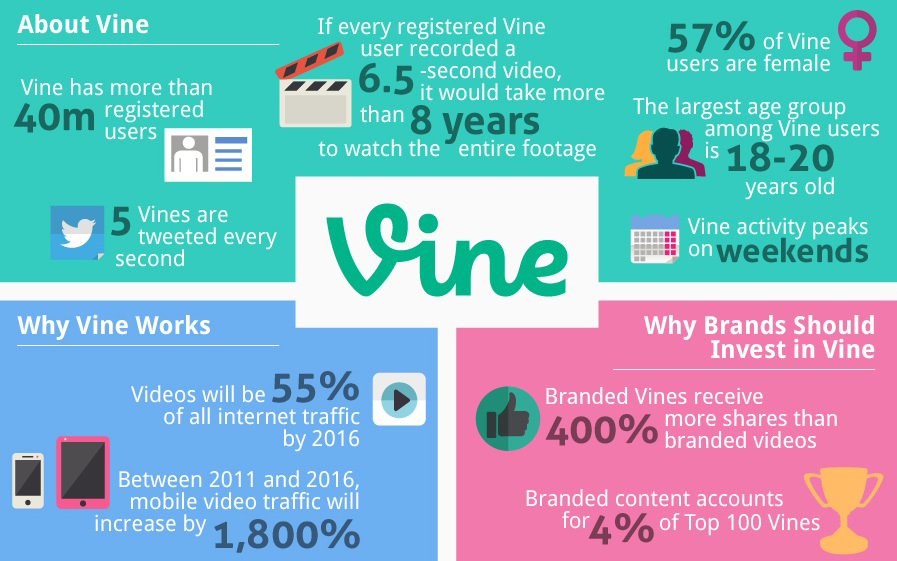Don't miss the chance to work with top 1% of developers.
Sign Up Now and Get FREE CTO-level Consultation.
Confused about your business model?
Request a FREE Business Plan.
Why Vine – a Video Sharing Platform with 40M Users Failed?
Table of contents

Having a big brand name behind you doesn’t mean success. Organizations like Apple, Google, Facebook and Twitter know about this since they all have made applications that guaranteed big things, but ended up becoming failures that caused big losses.
One such application was Vine, acquired by Twitter in 2012. At that time, it was a big blast among the teen network, however gradually, with the arrival of other contenders (the ever-lasting YouTube or the power of Instagram) the platform for sharing short videos ended up failing. Why?
Here, we are going to turn back the pages to understand where and when the once novel video sharing platform went wrong. Let’s first put some spotlight on:
What Exactly Was Vine?
Vine was a video-sharing application designed to enable users to film and share short video clips that could be connected together in one video for a total of six seconds. Every Vine video (basically called a “vine”) could be played in a constant loop. They could be embedded in Twitter’s timeline or into any other site page.
Here is an old info graphic on Vine usage by Statista that is enough to show how popular it was at the time of its release:

So, what went wrong? Let’s see:
Why Vine – a Video Sharing Platform with 40M Users Failed?
1. Vine Wasn’t Able to Compete with Instagram
In 2013, Instagram introduced video sharing and Vine never recovered from it. The Instagram feature enabled users to make 15-second videos, while Vine was allowing to share just a six-second video. As a result, users and Vine stars alike needed more time for their videos, so they bade farewell to Vine and began posting their videos on Instagram.
Instagram made Vine out of date when users acknowledged they could have all that they needed in one place, Instagram. Also, Vine never responded to this kind of shortcomings by including new features in their application.
2. Vine Was Not Able to Find a Sustainable Business Model
A few advertisers on Vine found the platform unsuitable for product promotion and Vine couldn’t figure out how to offer shared revenue to video makers on the platform as YouTube did.
Considering the videos are so short and smart, there was never any genuine viability for promoters to utilize Vine. While that was incredible for users, it was not very good for the organizations trying to capitalize on the popularity of the application. Advertisers gave up on Vine, and rather, they went to Instagram, Snapchat and Facebook. As a result, Vine was not able to generate revenue via promotions like Instagram is doing.
3. Vine Never Offered Any Unique Feature
The issue with Vine is that it lost its allure too fast. It was cool for the first few years, however, then the publicity faded away and Vine didn’t offered any new exciting features that would separate it in the market. Short videos? Instagram and Snapchat worked for those. Looping feature? Boomerang by Insta has you secured. Toward the end, there was no real differentiator and no genuine use for looping six-second videos.
4. Vine Didn’t Paid Attention to the Need of the Hour
One of the big factors that drive success to the apps is the app’s response to the need of the hour. An ideal app should serve what the users need or demand. However, Vine never served the demand. As a result, the users started uninstalling it.
When it failed, the need of the hour for apps like Vine was a large, very large user base that can give enough exposure to everyone who wants to show their talent. As compared to Vine, every other social network was having an increasing user base which gave social media stars a larger audience. Hence, they were able to get more exposure using other platforms. On the other hand, Vine never worked on increasing its user base further.
5. Vine Stopped Promotions Too Soon
Twitter’s fault was that it didn’t promoted Vine in any capacity. After a feeling of newness wilted down, there were no big efforts in advertising Vine. However, to really check whether your product has any potential, you need to promote it aggressively. You need to consistently improve it by highlighting its benefits. Your product will never achieve its fullest potential without your efforts.
6. Vine Started Generating Complex Content
Another issue that caused Vine’s failure was insider talks. “The application produced countless images/videos, and became very self-referential after some time, according to Verge.
While it might be a side effect of making a solid network, you need to make sure to never act self-contained. If you need your message to be effective, you need to make it as simple as possible to understand it.
If your language gets excessively technical, excessively pretentious, or excessively “exclusive,” you are on risk of not being understood. And, that doesn’t serve anybody, beginning with you and your business.
Wrapping Up
It is hard to be creative with the development of your app considering the huge volume of apps that choke out the market. But, if you ever feel discouraged remember, doesn’t matter what application you need to make, there are probably going to be many worse ones in the market. To guarantee the success of your application, it helps you learn from some of the big failures in the app history so you know precisely what to avoid.
Rate this article!
Join 60,000+ Subscribers
Get the weekly updates on the newest brand stories, business models and technology right in your inbox.

Humane yet subtle, Naiya is a girl full of ideas about almost everything. After earning a bachelor’s degree in computer science and engineering, she decided to merge her technical knowledge with her passion for writing – to accomplish something interesting with the fusion. Her write-ups are usually based on technology, mobile apps, and mobile development platforms to help people utilize the mobile world in an efficient way. Besides writing, you can find her making dance videos on Bollywood songs in a corner.

Telemedicine 2.0 - A Comprehensive Guide On What Healthcare Providers Need To Know?
Discover how the latest advancements like Artificial Intelligence in telemedicine are reshaping patient care. This comprehensive resource offers insights into the key trends and innovations driving this shift, providing valuable knowledge for healthcare professionals looking to stay ahead.
Download Now!Have a Digital Solution ? Don’t Let It Fail.
Make your solutions future ready by using the right tech stack.


















